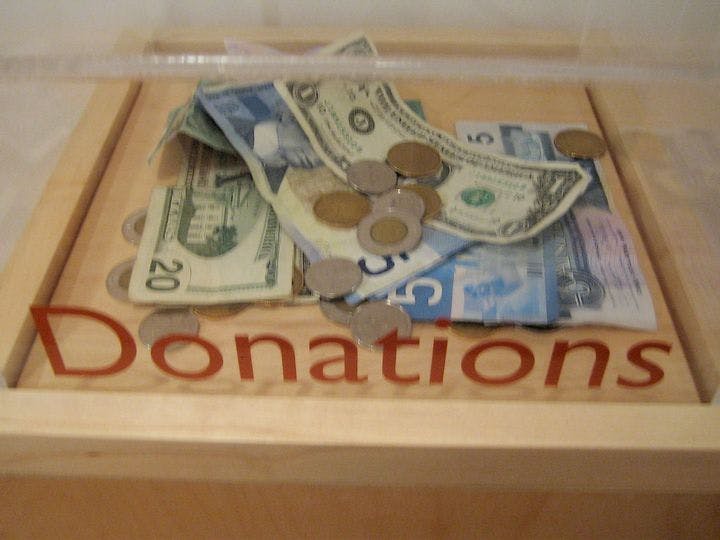Summer 2008
The Rise of the Donor Class
– The Wilson Quarterly
Meet the donor class, a small group of wealthy, highly educated urban and suburban residents with the means and inclination to influence the outcomes of congressional races far afield.
Americans have never been as interested in social class as Europeans, partly because most people consider themselves middle class, no matter what their income. But political scientists have identified a distinct new demographic group perched geographically and economically apart from the hoi polloi. Made up of individuals with the means and inclination to influence the outcomes of congressional races far afield, this small group of wealthy, highly educated urban and suburban residents constitutes the growing donor class.
Today’s typical congressional candidate now receives more than two-thirds of all individual donations from people outside the contested district, write James G. Gimpel, Frances E. Lee, and Shanna Pearson-Merkowitz, professor, associate professor, and graduate student in political science, respectively, at the University of Maryland. In fully 18 percent of all congressional districts, candidates receive almost all of their personal checks from beyond the boundaries of the area they are seeking to represent.
The wealthy segregate themselves even more than the poor, and the donor class is concentrated in a few places, including Los Angeles; New York City; suburban Miami-Dade and Broward counties, Florida; Lake County, Illinois; Montgomery County, Maryland; and Bergen County, New Jersey, the authors say. The flow of funds doesn't go from rich to poor or urban to rural, but from the donor class to competitive races wherever they may be.
While political action committees have been shown to donate to gain access to members of Congress, the new class gives to “make a difference” in party alignment, Gimpel and his colleagues write. The donor class typically ignores primaries. “Distant nonresidents respond unambiguously only to two-party competition,” they say. Republican-leaning and Democratic-leaning enclaves are both well represented in the donor class. As the level of competitiveness increases, so do the checks.
Reformers have expressed concern that the increasing role of nonresident donors obligates members of Congress to favor the priorities of distant givers over the locals they represent. But because of the crucial role of the party in identifying close races and mobilizing tried-and-true contributors, lawmakers are more indebted to the party than to individual donors. Large individual donations from distant locales are, functionally speaking, not individual at all, say the authors. “They are instead extensions of the modern parties’ organizations into the electorate.”
* * *
The Source: "The Check is in the Mail: Interdistrict Funding Flows in Congressional Elections" by James G. Gimpel, Frances E. Lee, and Shanna Pearson-Merkowitz, in the American Journal of Political Science, April 2008.
Photo courtesy of Flickr/Matthew Burpee
